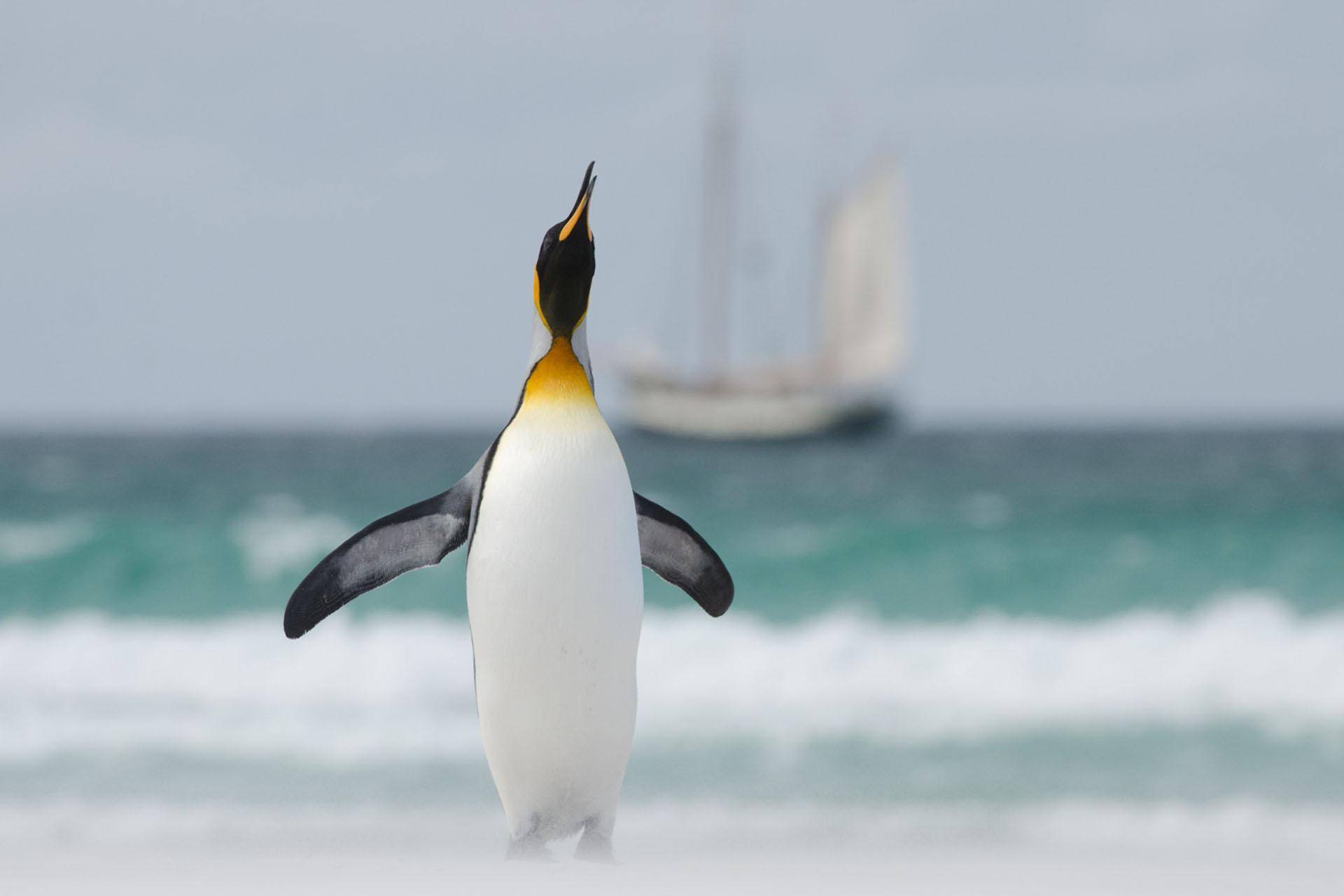

A guide to wildlife in Antarctica
Despite being formidable and foreboding, the wildlife in Antarctica is rich and diverse. Whilst not home to any fully terrestrial…
11 April | 4 min read
 Menu
Call us
Menu
Menu
Call us
Menu

Despite being formidable and foreboding, the wildlife in Antarctica is rich and diverse. Whilst not home to any fully terrestrial…
11 April | 4 min read
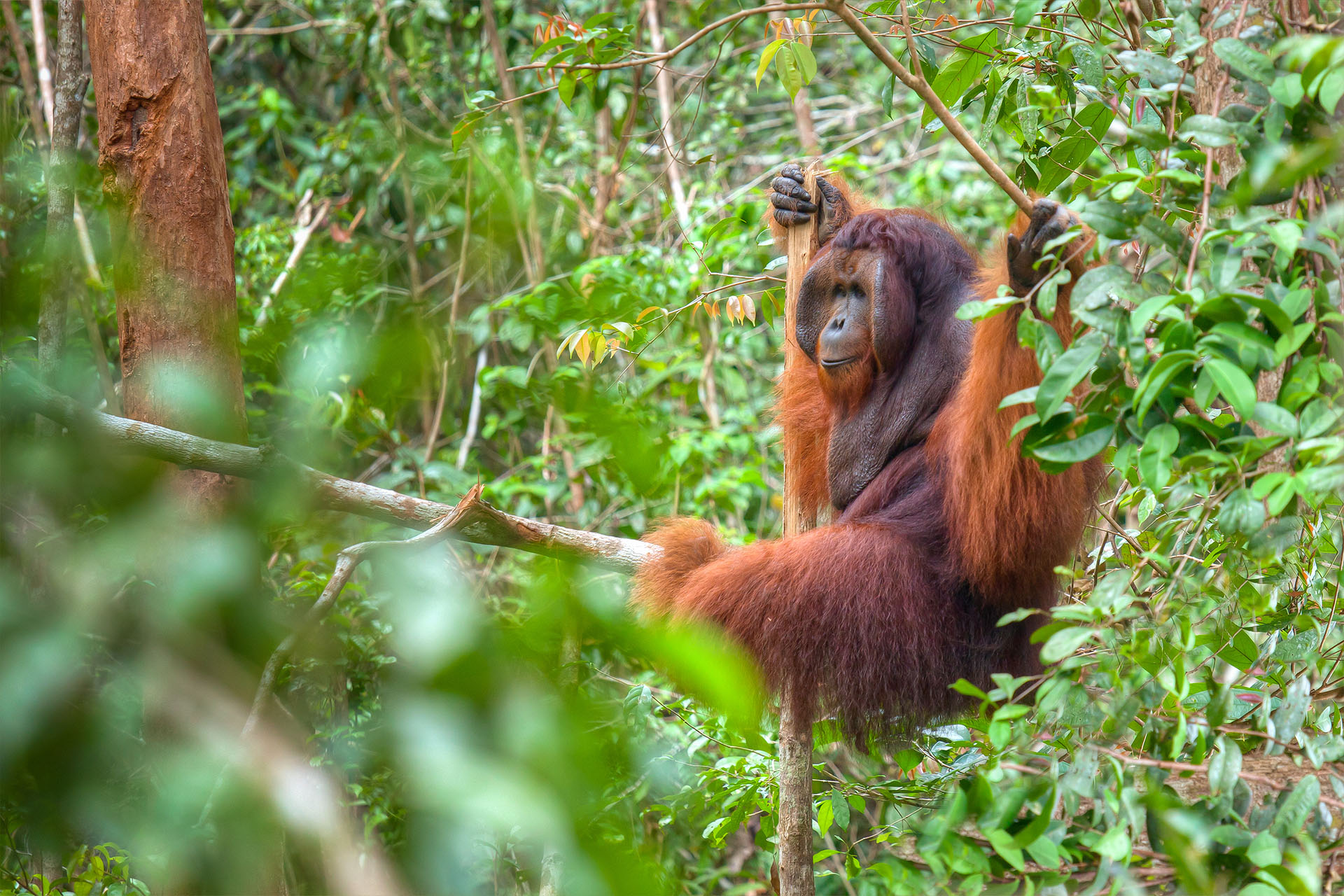
The shy and elusive orangutan is an ape native to the forests of Borneo and Sumatra. Once widespread throughout south…
08 December | 4 min read
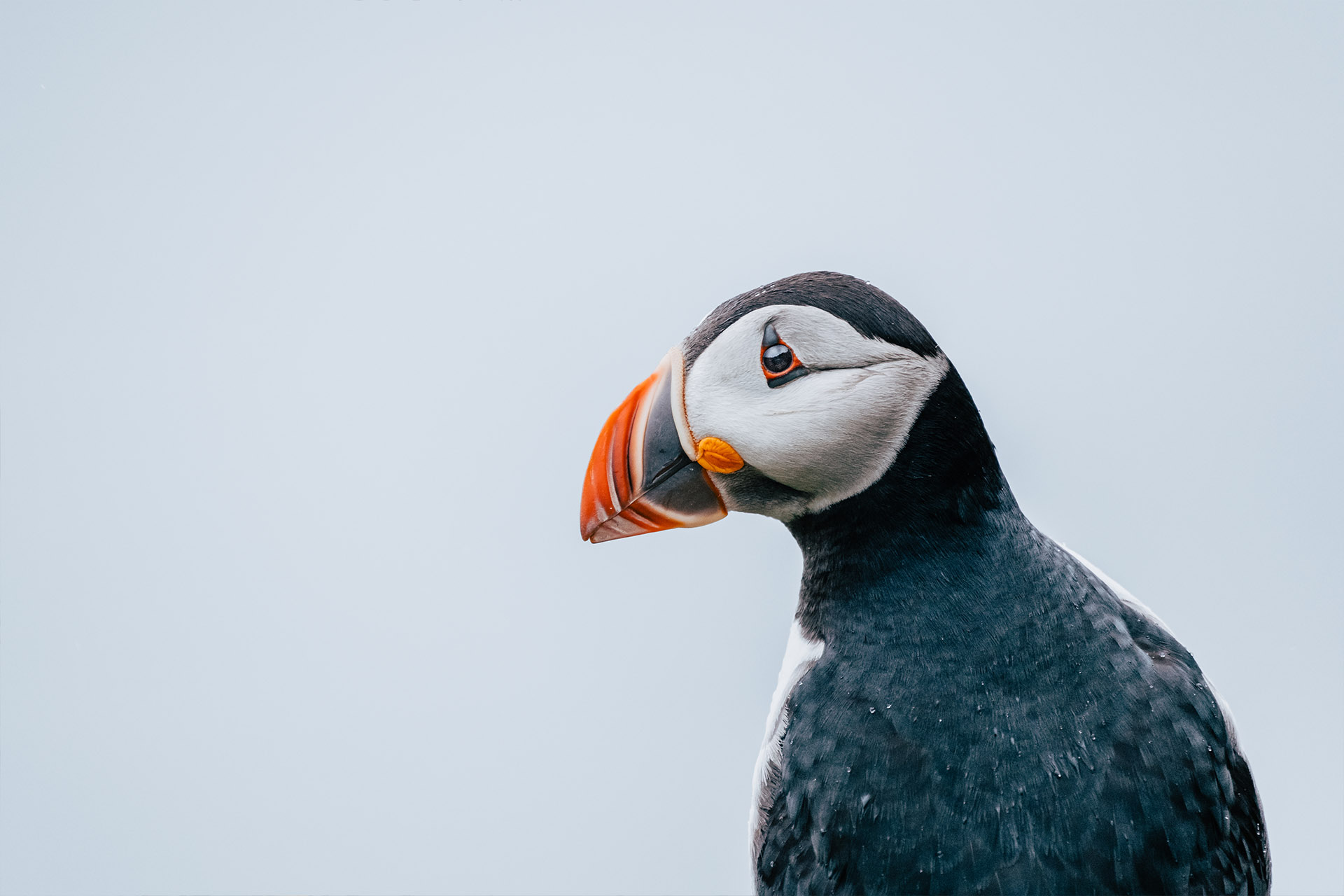
If you’re a nature lover wishing to see one of Scotland’s most adorable seabirds, the puffin, there’s no better way…
27 July | 5 min read
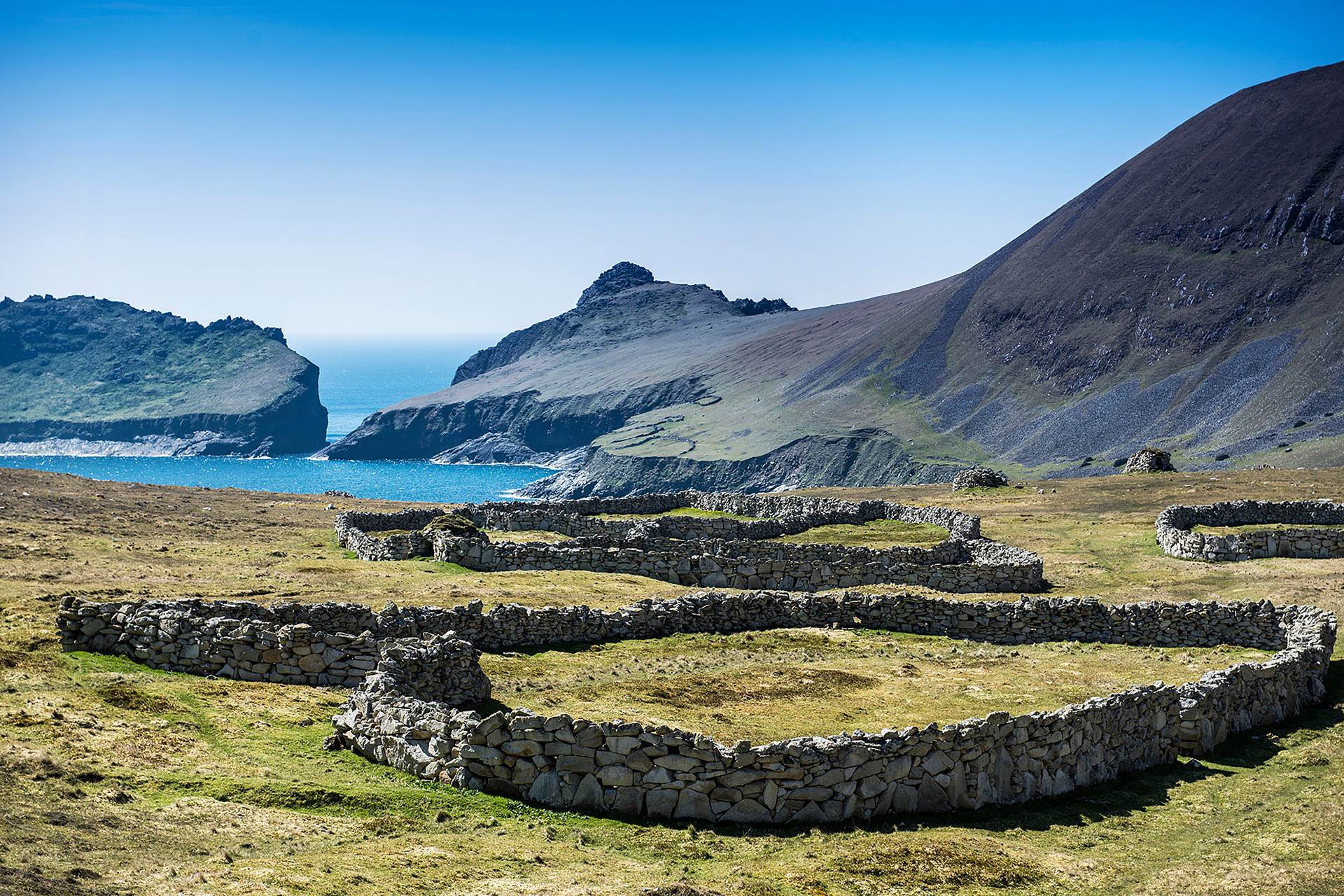
Nestled in the North Atlantic Ocean, 42 miles west of Scotland’s Outer Hebrides lies the remote archipelago of St Kilda.…
27 April | 9 min read
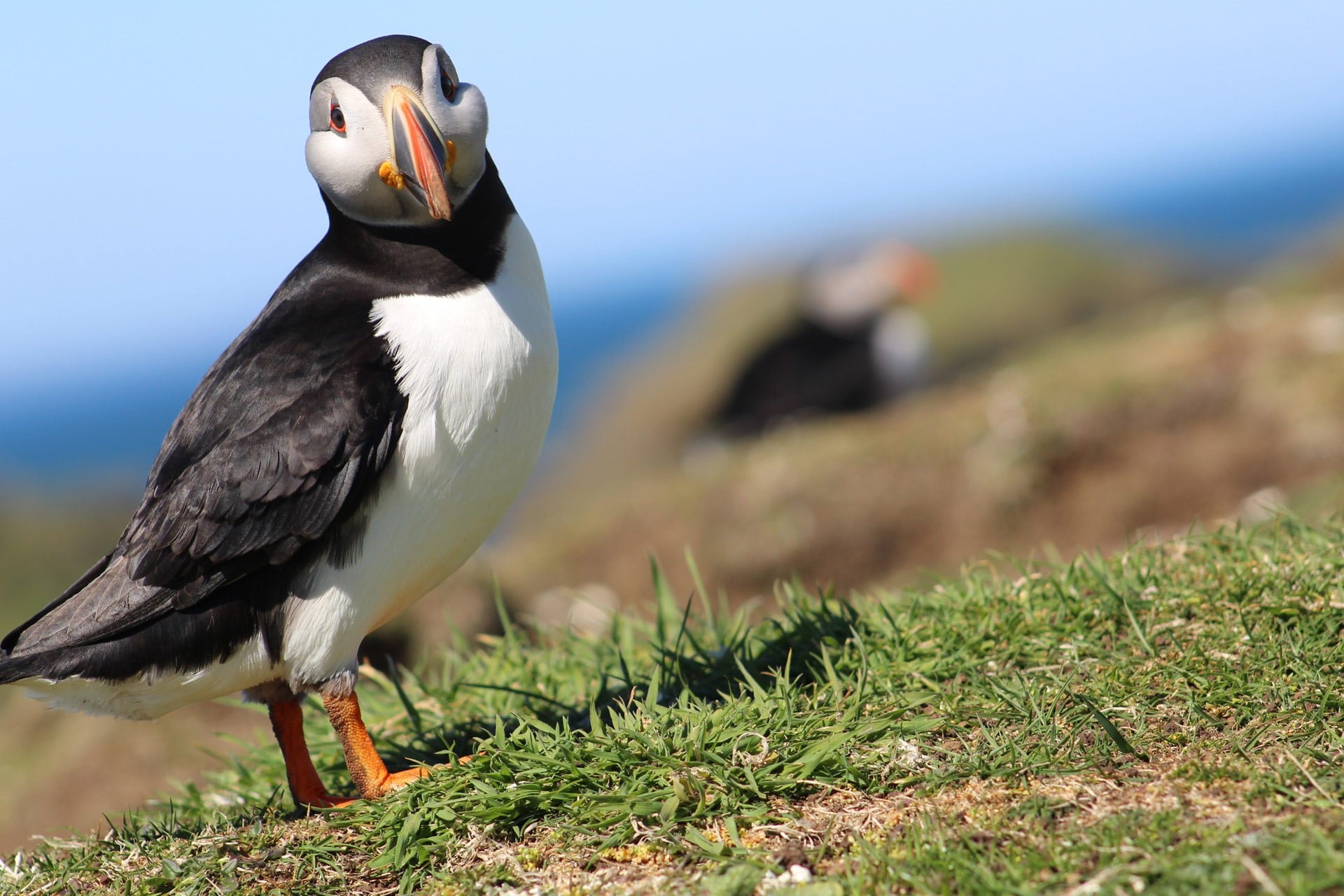
For centuries, Scotland and the Hebrides have been known for their rugged coastline and breathtaking scenery, attracting travellers from all…
31 January | 11 min read
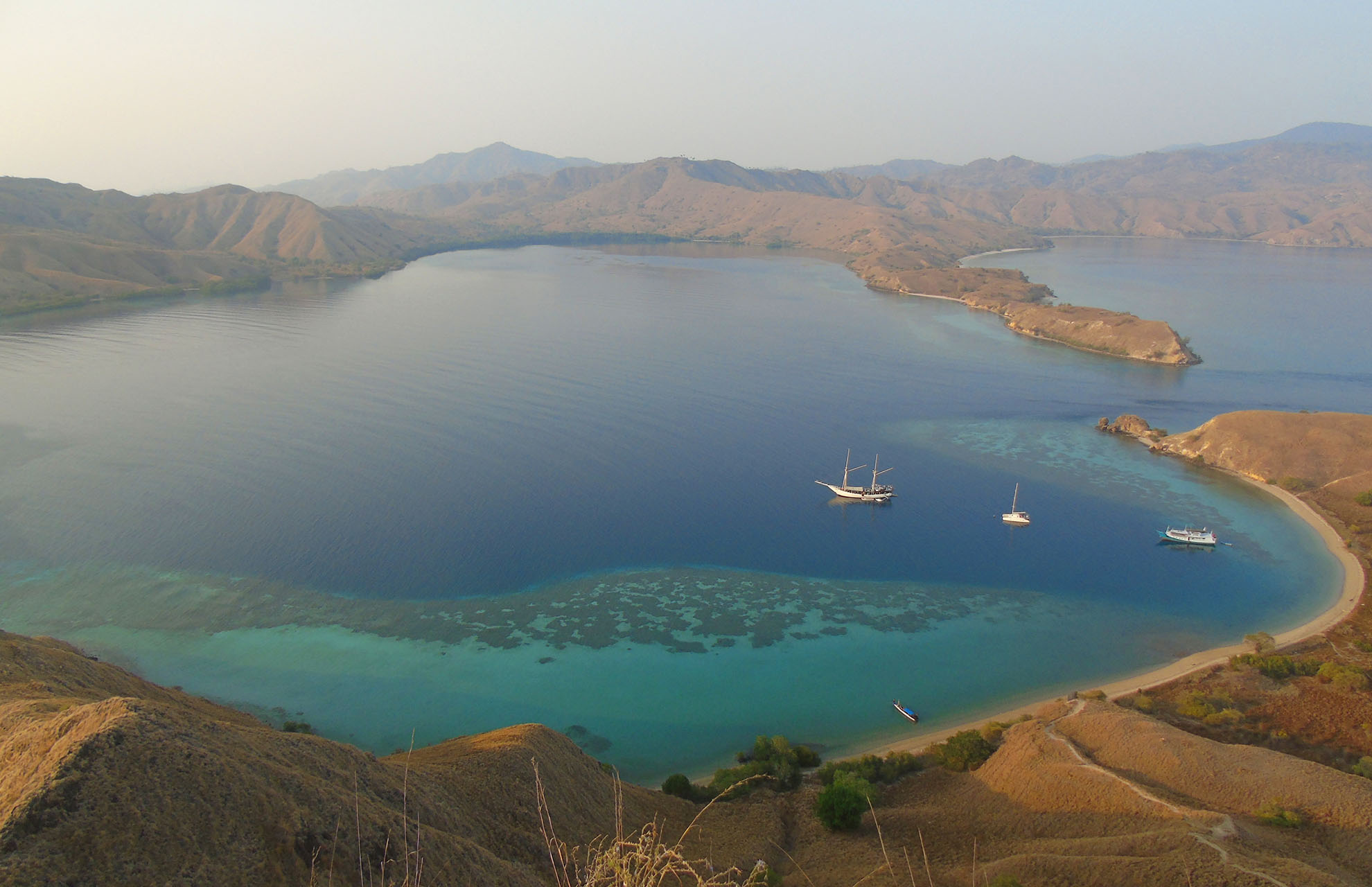
If you’re looking for an unforgettable sailing holiday, look no further than Indonesia. With its vibrant culture, stunning landscapes and…
31 January | 4 min read

Searching for an all inclusive holiday to Portugal? Why not try something new with a fully skippered sailing holiday in…
15 September | 6 min read
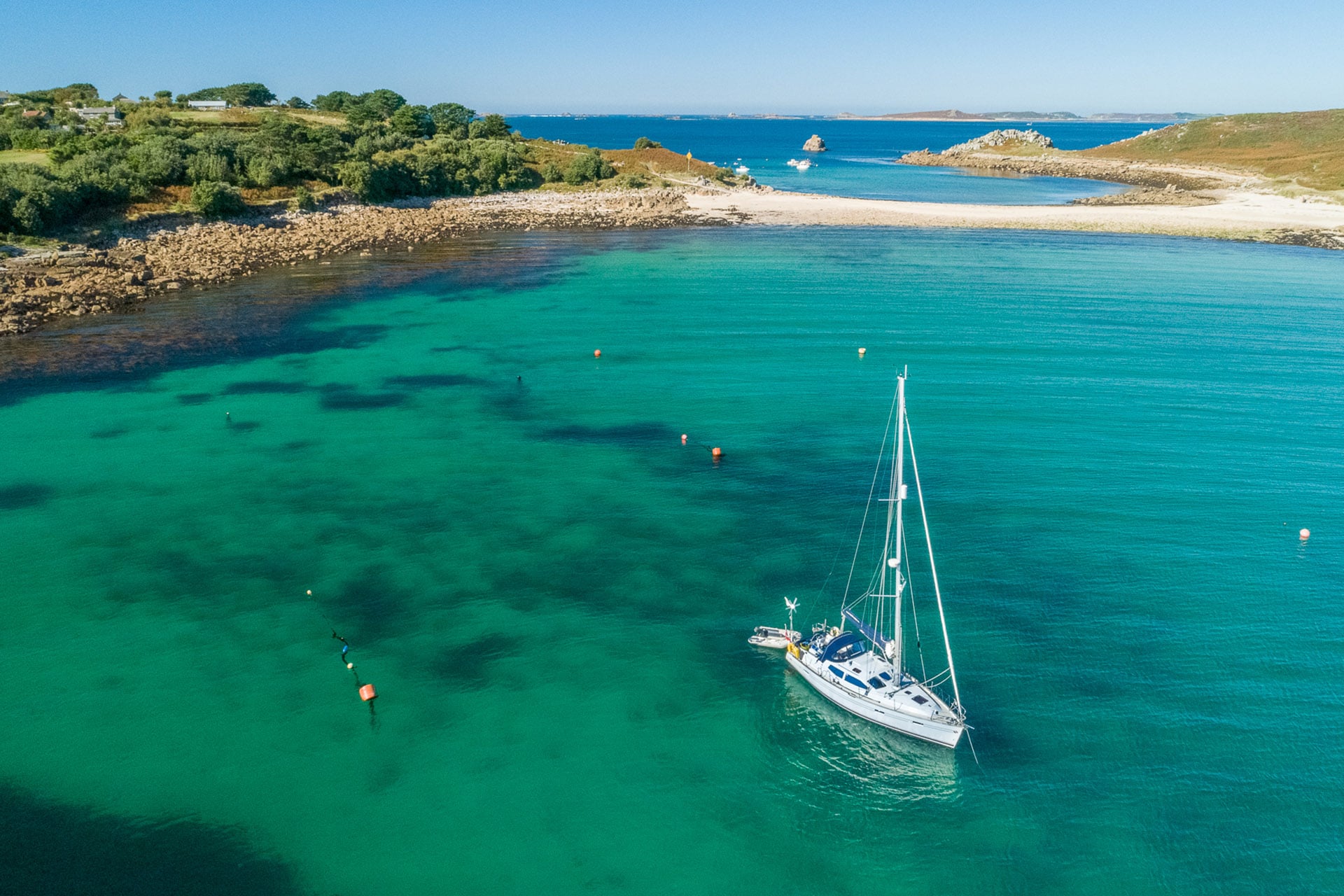
Set 28 miles out into the Atlantic Ocean, the low-lying Isles of Scilly are small, untamed and isolated. Often bathed…
12 January | 8 min read
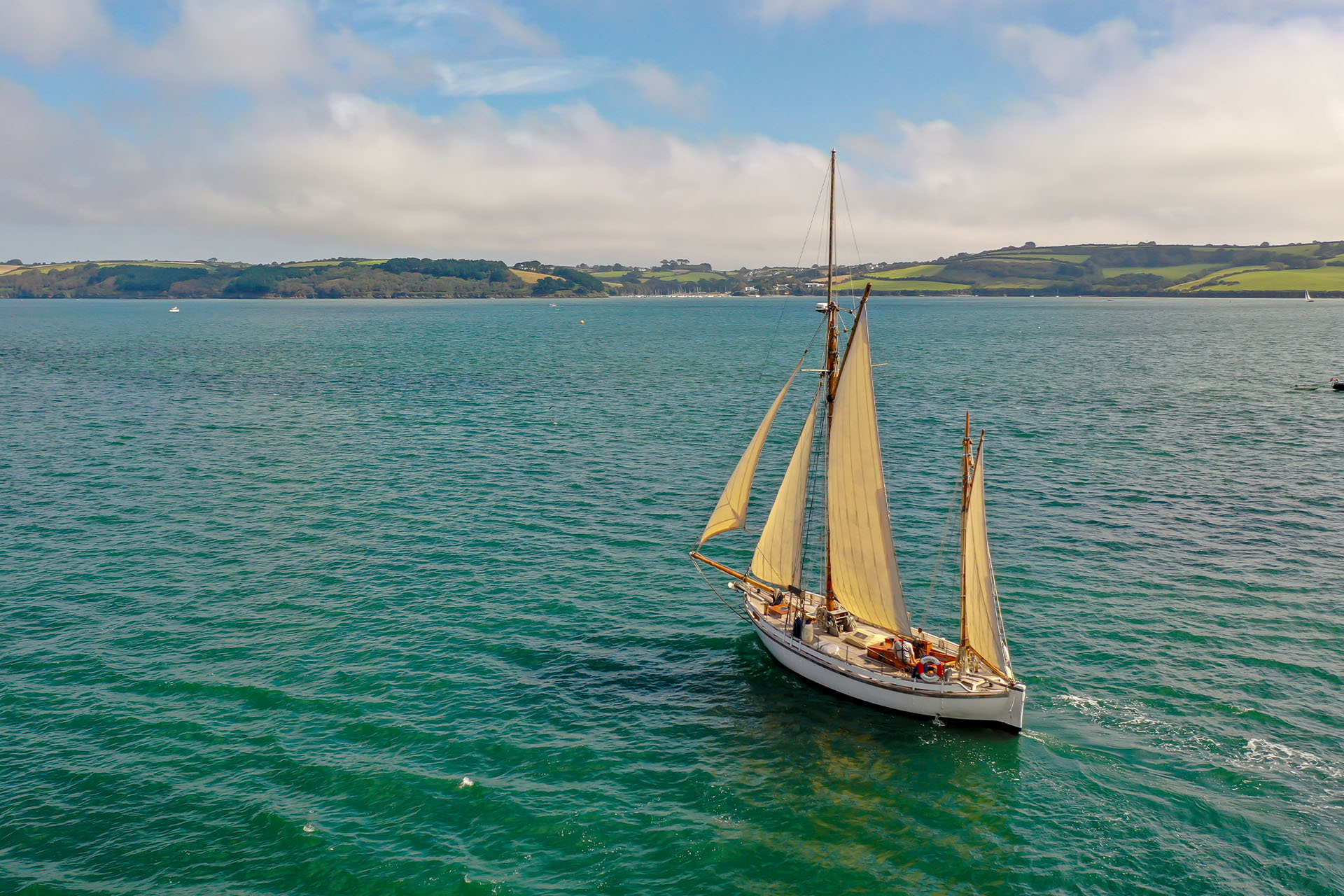
Adam recounts his sea tales from his first time sailing experience on Escape exploring the South Devon Coast. Having never…
26 November | 5 min read
Gone are the days where a holiday is a true holiday – away from everyday life, a break from modern…
23 October | 4 min read
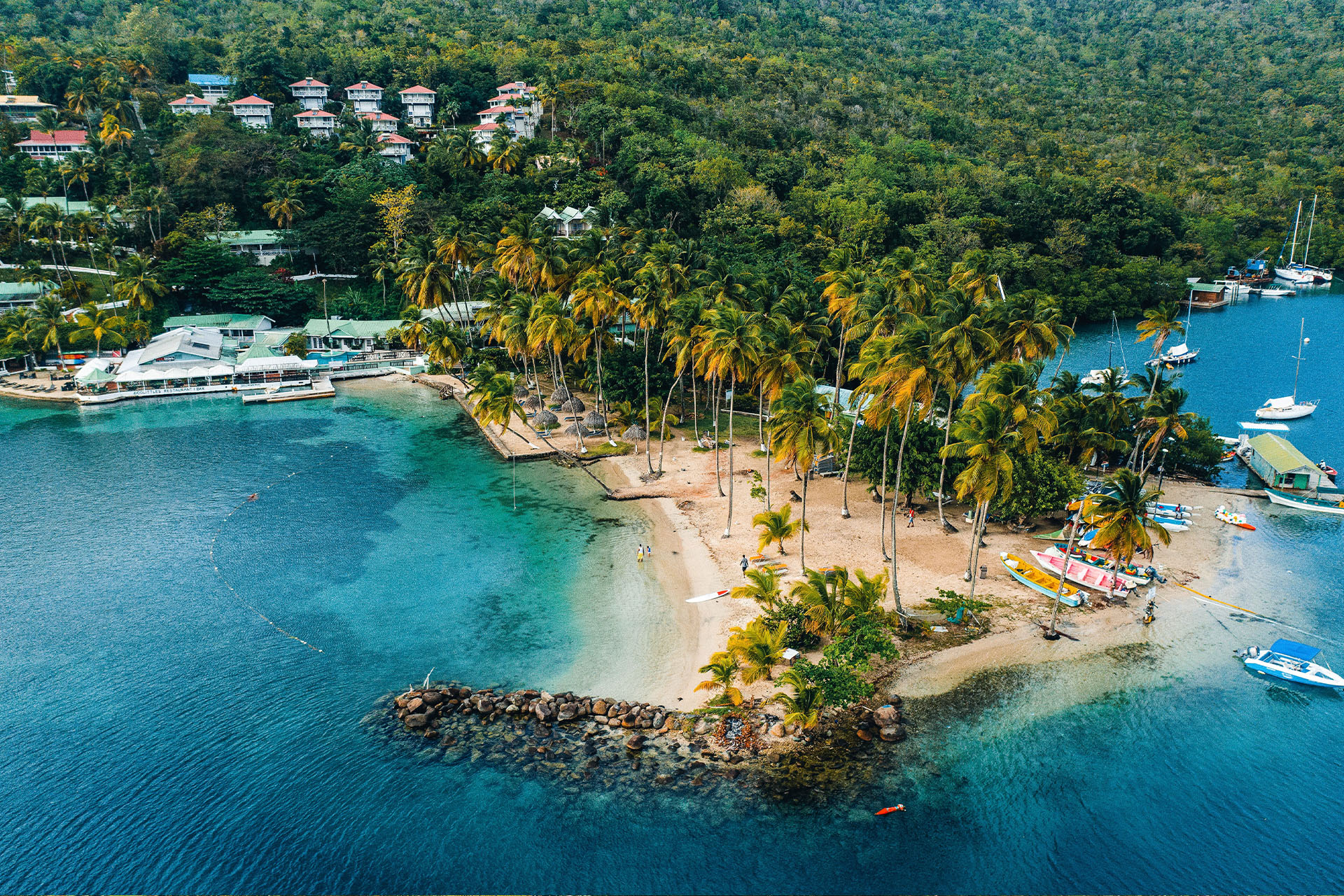
The Caribbean is regarded by many as the Best Place in the World to holiday. Home to thousands of islands…
21 May | 6 min read
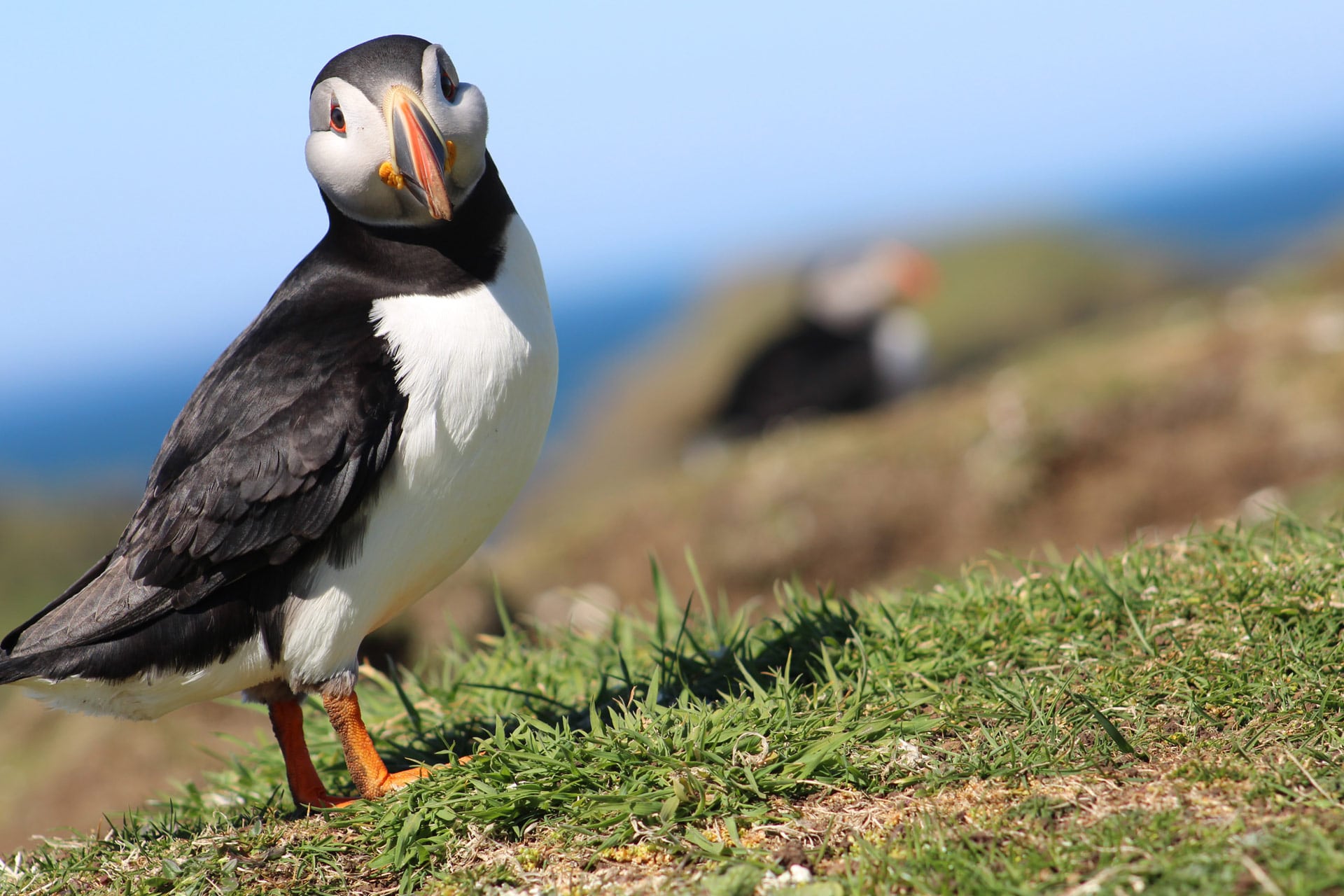
It is with a flutter of nervous excitement that I walk from Oban train station to Zuza, a double-hulled purpose…
25 February | 8 min read
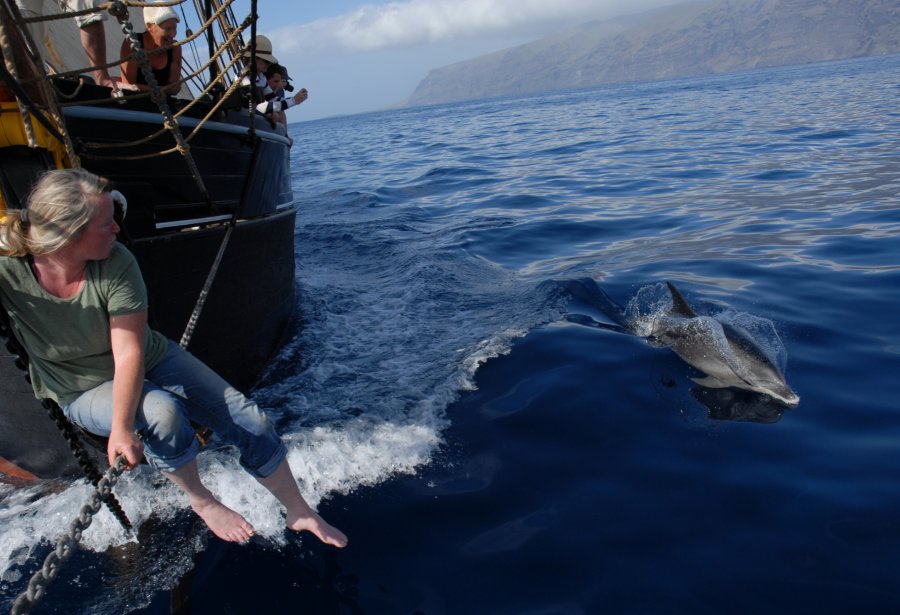
Wildlife is a huge part of our voyages. Whether you join Bessie Ellen in St. Kilda, Scotland, or the Eye…
08 February | 5 min read